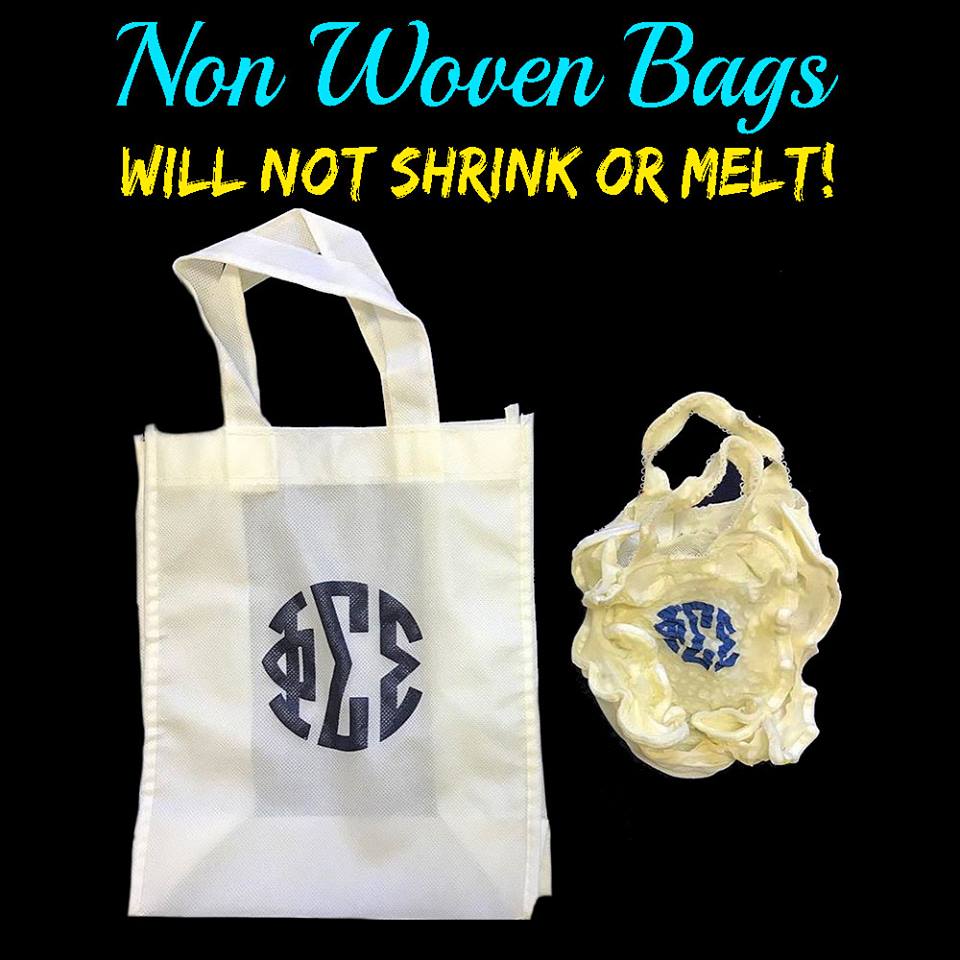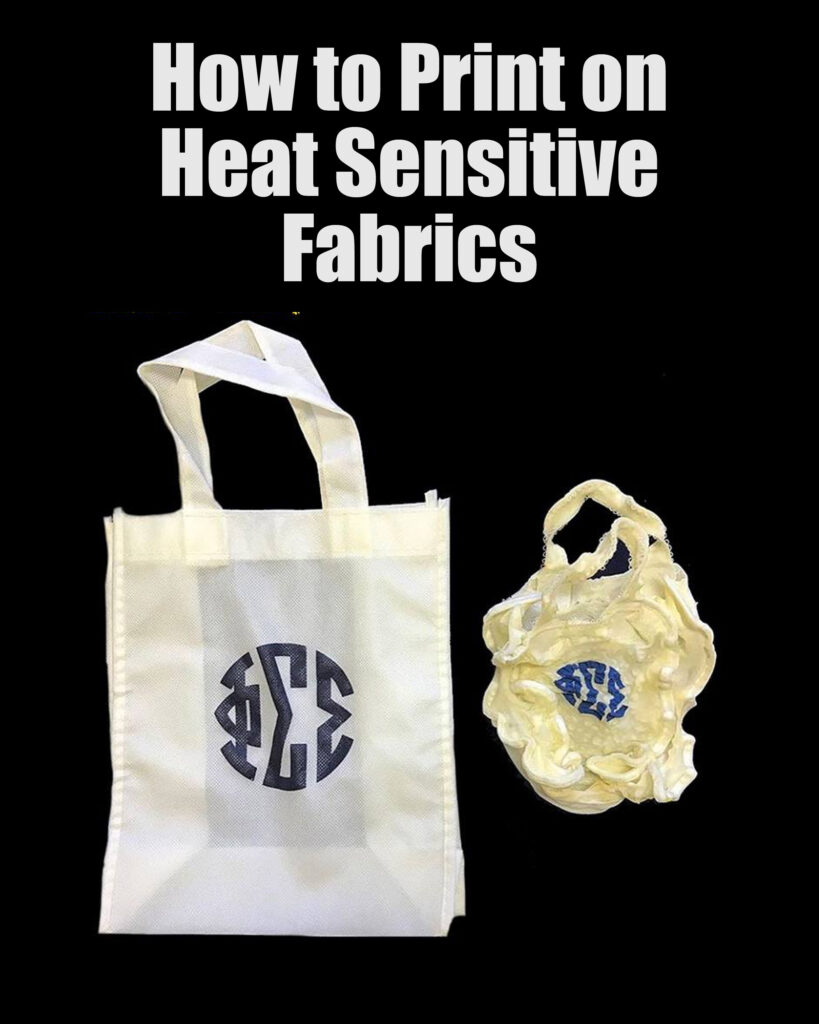
Screen printers tend to run into problems when printing on heat sensitive fabrics; however, there are ways to overcome these challenges.
Problem #1:
The item melts/ shrinks.
Solution #1:
Fabrics will burn or shrink while flash curing in the conveyor dryer. The low flash temperature reduces the shrinkage of heat sensitive materials and makes it easier to hold registration while printing multi-color jobs. Low temperature ink is an excellent solution for all shrinking fabrics.
With our low temperature biodegradable ink you will not have to worry about ruining the fabric. You will no longer need a catalyst, have to pre-heat the fabric prior to printing, wait 72 hours after the item was printed for the ink to be cured, or worry if the fabric will melt.
Problem #2:
Regular plastisol ink will sit on top of the fabric versus bonding with the fabric when printed at a low temperature. Regular plastisol ink bonds to fabric fibers when the temperature of the ink reaches 325 degrees Fahrenheit. This high temperature shrinks the nylon fabric. This is also because nylon material tends to be woven rather than knit. Although these problems exist, they can be solved with proper tools. When using the correct items and following the proper technique you can learn to screen print on Nylon.
Solution #2:
Our biodegradable-based ink is designed to print on Nylon. As I stated previously, regular plastisol ink bonds to fabric fibers when the temperature of the ink reaches 325 degrees Fahrenheit. This temperature melts nylon. With Fusion 180° ink the cure temperature is 260°F. You can cure at 240°F on nylon and non woven fabrics.
The lower temperature allows the ink to bond to the material without melting the fabric.
Problem #3:
Dye Migration
Solution #3:
100% polyester dyes tend to turn to gas when they are heated in the dryer causing plastisol ink dye migration problems. Our easy to use ink prevents dye migration on 50/50 sweatshirts, 100% polyester, and sublimated polyester due to the inks blocking capability and low cure temperature.
Problem #4:
Plastisol is a threat to the environment.
Solution #4: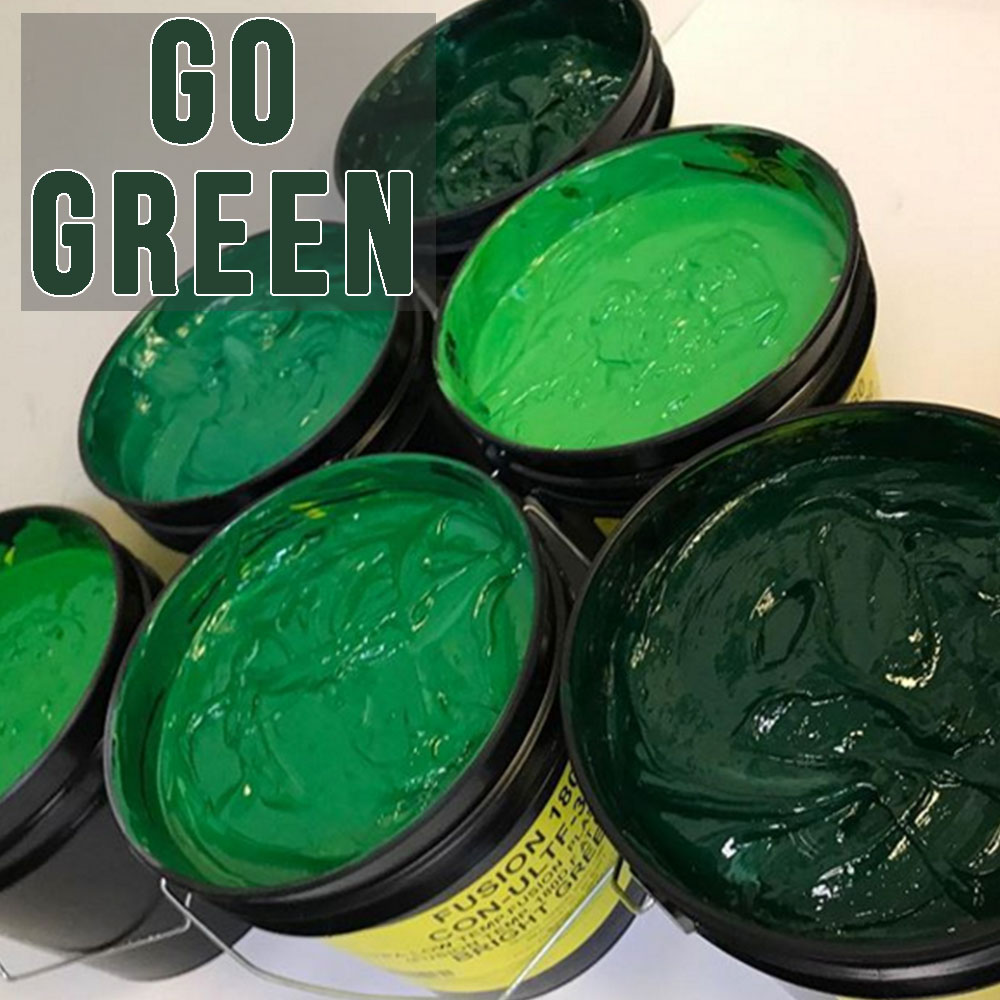
Fusion 180 ink adds miraculous Bio Base to entire ink system. Bio Base makes the ink biodegradable and soft, improving viscosity. Fusion 180 ink with Bio Base remains low cure stays soft longer and flows beautifully through fine meshes without sacrificing coverage. Lowering the temperature of your dryer will not only save energy, but will also reduce energy costs and emissions. In addition, your production will increase and employees will love the cooler shop during the summer months.


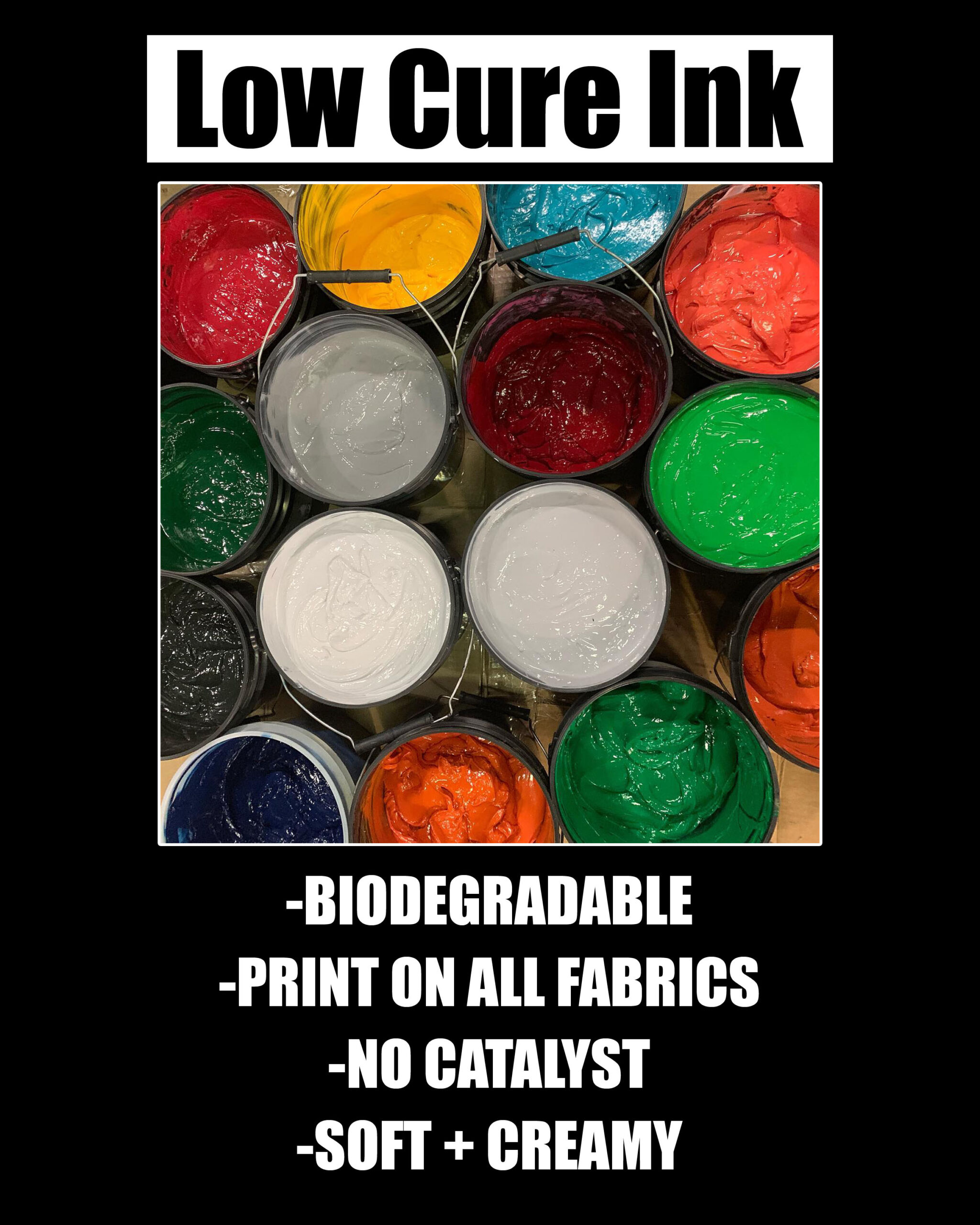
-
 Fusion 180° White Ink$29.95 – $459.95
Fusion 180° White Ink$29.95 – $459.95
-
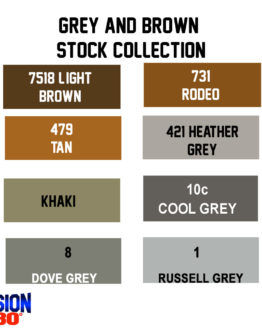 Grey and Brown Stock Collection$29.95 – $459.95
Grey and Brown Stock Collection$29.95 – $459.95 -
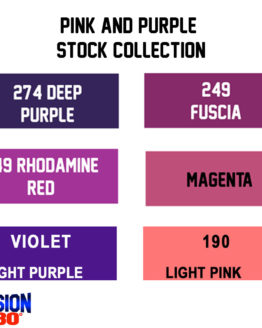 Purple and Pink Stock Color Collection$29.95 – $459.95
Purple and Pink Stock Color Collection$29.95 – $459.95 -
 Blue Fusion 180 Stock Color Collection$29.95 – $459.95
Blue Fusion 180 Stock Color Collection$29.95 – $459.95 -
 Green Fusion 180 Stock Color Collection$29.95 – $459.95
Green Fusion 180 Stock Color Collection$29.95 – $459.95 -
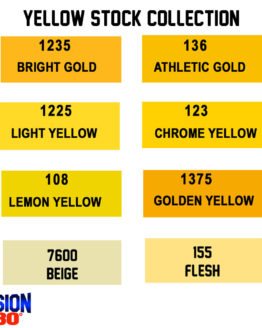 Yellow Fusion 180 Stock Color Collection$29.95 – $459.50
Yellow Fusion 180 Stock Color Collection$29.95 – $459.50 -
 Orange Fusion 180 Ink Stock Color Collection$29.95 – $459.95
Orange Fusion 180 Ink Stock Color Collection$29.95 – $459.95 -
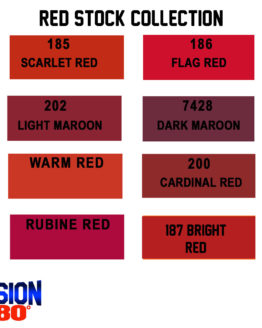 Red Fusion 180°Ink Stock Collection$29.95 – $459.95
Red Fusion 180°Ink Stock Collection$29.95 – $459.95 -
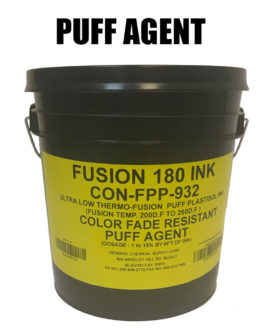 Low Cure Puff Agent$44.00 – $149.00
Low Cure Puff Agent$44.00 – $149.00 -
 Glow in the Dark Fusion 180° Ink$68.00 – $249.00
Glow in the Dark Fusion 180° Ink$68.00 – $249.00 -
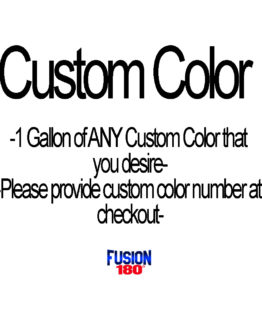 Fusion 180° Ink- Custom Color$102.95
Fusion 180° Ink- Custom Color$102.95 -
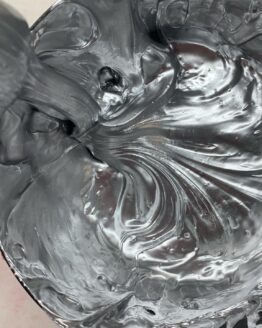 FUSION 180° METALLIC INK$69.00 – $269.00
FUSION 180° METALLIC INK$69.00 – $269.00 -
 FUSION 180° BLACK INK$29.95 – $2,145.00
FUSION 180° BLACK INK$29.95 – $2,145.00 -
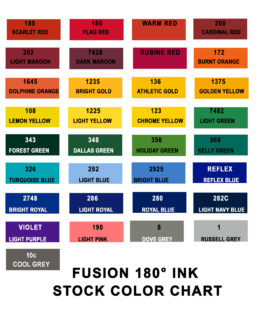 FUSION 180 INK- STOCK COLORS$29.95 – $459.95
FUSION 180 INK- STOCK COLORS$29.95 – $459.95 -
 FUSION 180° FLUORESCENT INK$36.50 – $579.95
FUSION 180° FLUORESCENT INK$36.50 – $579.95 -
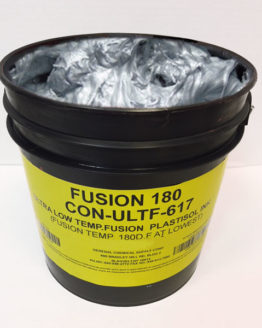 FUSION 180° SHIMMER INK$45.00 – $500.00
FUSION 180° SHIMMER INK$45.00 – $500.00 -
 FUSION 180° INK- PROCESS COLORS$22.95 – $462.95
FUSION 180° INK- PROCESS COLORS$22.95 – $462.95 -
 Fusion 180° White Ink$29.95 – $459.95
Fusion 180° White Ink$29.95 – $459.95
